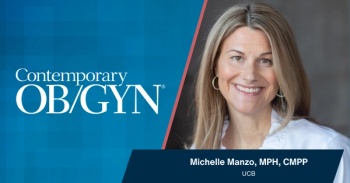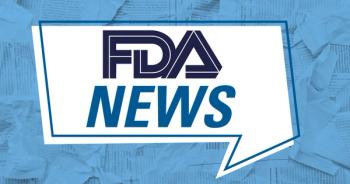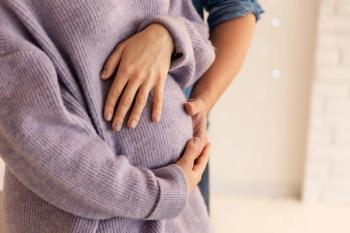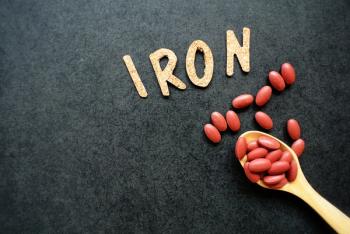
Testosterone
Although testosterone is generally considered to be a male hormone, it is produced in small amounts by the ovary. Other hormones with testosterone-like effects are also produced by both the ovary and the adrenal gland.
Reprinted with the kind permission from
Although testosterone
- general--increase energy, sex drive (libido), aggression, appetite, muscle mass
- specific--male type hair growth, oily skin and acne, enlargement of the clitoris, changes in the voice, coarsening the skin
After menopause, there are several situations where androgens might play a role.
- First, there are a group of women who ovaries have been surgically removed and who do not "feel right" on estrogen replacement therapy
alone. They report lack of energy, lack of sexual interest--just "not being right". The addition of very small amounts of testosterone to their therapy can often make them feel a lot better. The clinical trick is to keep the amount small enough so that the male-directed side effects--weight gain, excessive hair, acne--are kept within an acceptable level. One way of doing this is to create a daily "foundation" of estrogen by continuous use of estrogen patches and pills and than allowing the woman to "play with" her testosterone dose by taking Estratest HS or Estratest (see below) anywhere from 2-7 times a week. If she takes too much, she will develop acne, increased facial and abdominal hair growth or even slight loss of hair on the sides of her forehead. So she can adjust the dose until she feels well and still has no side effects realizing that her estrogen dosage is being held relatively constant. - Second, if the ovaries remain in place after menopause, the high levels of FSH, which are trying to force the ovary to produce estrogen, may make the ovary produce excessive androgen. This can lead to benign tumors forming in the ovary. This may also explain why some elderly women develop increased facial hair, a coarsening of features, and a deeper gravelly voice. The administration of estrogen may block the production of androgens and reverse this effect.
The main risks of androgen therapy during menopause are changes in the blood cholesterol patterns and levels which may increase the risk of heart disease
Androgens for women are available in the following forms in the United States:
Tablets combined with estrogen:
- Estratest HS® Esterified estrogen 0.625 mg and Methyltestosterone 1.25 mg
- Estratest® Esterified estrogen 1.25 mg and Methyltestosterone 2.5 mg
- Premarin with Methyltestosterone (MT)® Conjugated Estrogens 0.625 mg and Methyltestosterone 5.0 mg
- Premarin with Methyltestosterone (MT)® Conjugated Estrogens 1.25 mg and Methyltestosterone 10.0 mg
Injections --testosterone alone: (usual dose is ½ ml every 3-4 weeks
- Testosterone Cypionate 100 mg/ml
- Testosterone Propionate in Oil 100 mg/ml
- Testosterone Enanthanate 200 mg/ml
Injections --combined with estrogen (usual dose is 1 ml every three-hour weeks)
- Testosterone Cypionate 50 mg and Estradiol Cypionate 2 mg/ml
- Testosterone Enanthanate 90 mg and Estradiol Valerate 4 mg/ml
Testosterone Cream
This can be manufactured by a pharmacist in a 1% or 2% lipophilic gel base. The patient rubs between 0.1cc and 0.2cc once or twice a day on her inner thigh.
Testosterone Pellets
Dr. Andrew Dott teaches advances hysteroscopic and laparoscopic surgical techniques, is on the speaker's panels for several American pharmaceutical companies and is a professional lecturer. Among his lecture topics are female and male menopause, menopause, herbs and medications, endometriosis, and contraception. He is available to travel and give seminars on the topics covered in this website both nationally and internationally.
Newsletter
Get the latest clinical updates, case studies, and expert commentary in obstetric and gynecologic care. Sign up now to stay informed.










